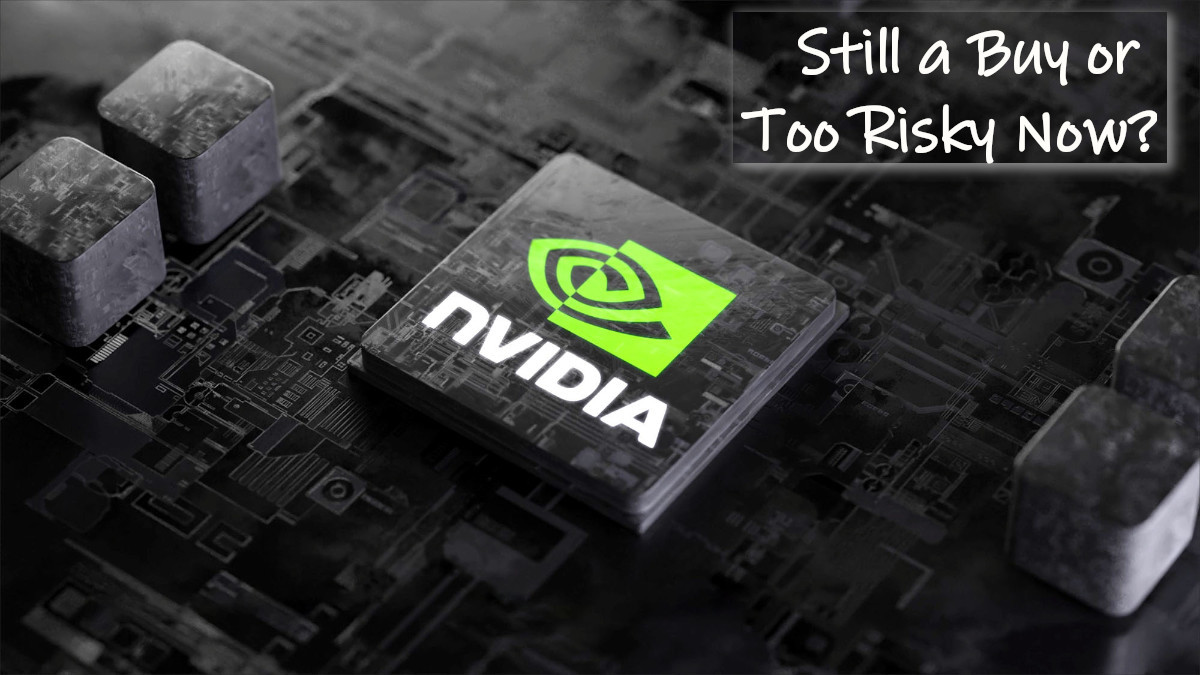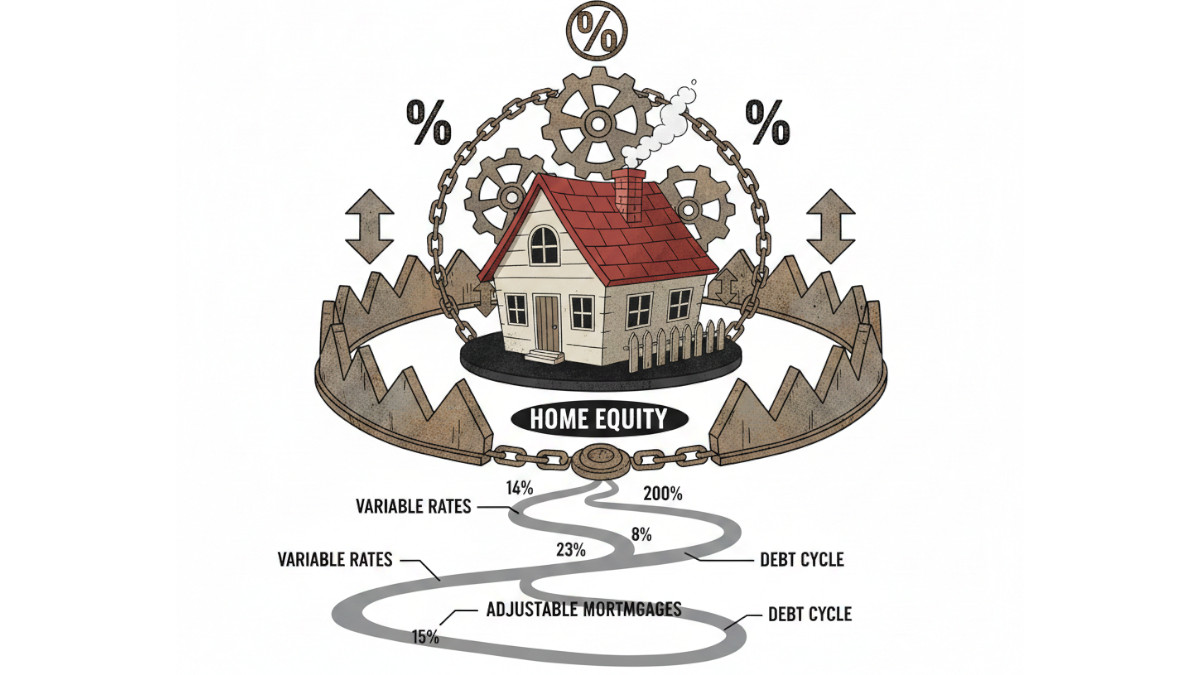- Analytics
- Trading News
- Nvidia Hits $4 Trillion: Still a Buy or Too Risky Now?
Nvidia Hits $4 Trillion: Still a Buy or Too Risky Now?

Nvidia stock rose after Taiwan Semiconductor (TSMC) posted stronger than expected second quarter sales. Revenue hit $31.93 billion, above the forecasted $29.8 billion. Nvidia relies heavily on TSMC to produce its cutting-edge chips, especially high-end GPUs (like the H100 and the upcoming Blackwell series). TSMC's better than expected earnings indicate strong demand for chips, likely including Nvidia's AI products.
Nvidia now holds the top spot in market value, above Apple and Microsoft. The company has the largest weight in the S&P 500, making it one of the most influential stocks in the market.
Analysts Raise Price Targets Again
Citi raised its Nvidia stock price target to $190, citing strong demand for AI chips, especially from governments investing in data centers. They believe the market for these chips could grow to $500 billion by 2028.
Mizuho also increased its price target to $185, highlighting the potential of Nvidia’s next-generation Rubin server. This server is faster than previous versions and may unlock new data center opportunities, especially if it adopts air cooling, which is easier to manage than the current liquid-cooled setup.
Nvidia Stock Keeps Climbing Despite Insider Sales
Nvidia shares jumped 46% in Q2 and gained another 17% in June. This happened even though CEO Jensen Huang sold over $800 million in shares through planned sales. Some traders see insider selling as a warning sign, but the market seems unfazed for now.
The stock continues to move with AI trade optimism, including improved U.S. - China relations and lifted restrictions on key chip design software.
Nvidia Expands Globally With Sovereign AI Projects
In June, Nvidia signed deals across Europe and the Middle East. It partnered with Germany’s Deutsche Telekom to build an AI cloud platform and joined forces with the U.K. and Saudi Arabia on major AI projects.
This builds the perception of exclusive access to Nvidia’s tech leadership, an incentive for long term investors who want early entry into sovereign AI trends.
Risks in China and Growing Competition
Nvidia is developing new AI chips for China, even as U.S. export limits threaten its ability to sell in that market. It wrote off $5.5 billion in sales due to chip bans.
Meanwhile, China’s Huawei is working on a chip that could outperform Nvidia’s H100, which may challenge Nvidia’s dominance.
But CEO Huang has made Nvidia systems open to third-party chipmakers, which could help it stay flexible and reduce exposure to any one market.
Big Tech Spending Keeps Fueling AI Demand
Amazon, Google, Meta, and Microsoft all reported massive increases in AI spending. Amazon's first quarter capex rose to $24.3 billion, while Google plans to spend $75 billion this year.
These companies rely heavily on Nvidia's chips, and most have confirmed no signs of slowing their investments in AI.
Nvidia Plans U.S. Manufacturing
Trump's shifting tariff policies have caused price swings in Nvidia stock. But chip products are currently exempt, and Nvidia is moving production to the U.S., opening facilities in Arizona and Texas. Mass production is expected to begin in the next 12-15 months.
CEO Huang said any short-term tariff shocks wouldn’t hurt the company due to this move.
Nvidia Financial Performance
Nvidia's latest quarterly results were solid:
- Earnings per share: $0.81, up 33%
- Revenue: $44.1 billion, up 69%
As you can see Nvidia still has strong momentum.
Should Traders Buy Nvidia Stock Now?
Yes, but with caution. Nvidia’s price is high, but so far, the company is meeting expectations. Risks include competition from China and insider selling, but continued global partnerships and demand from Big Tech give the stock strong support.







